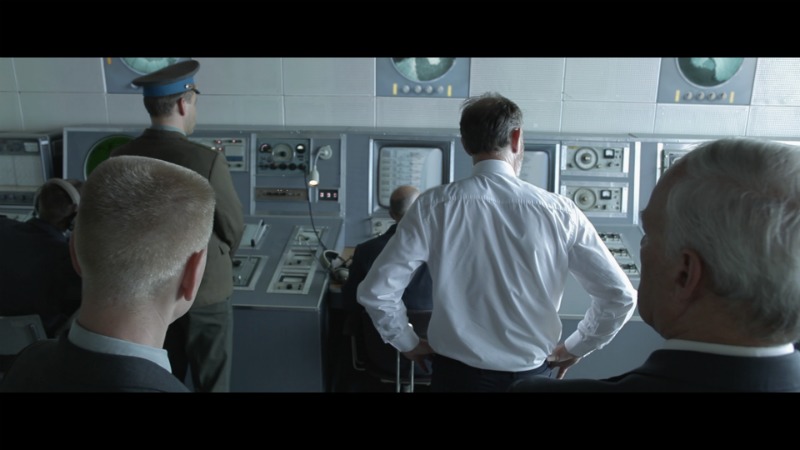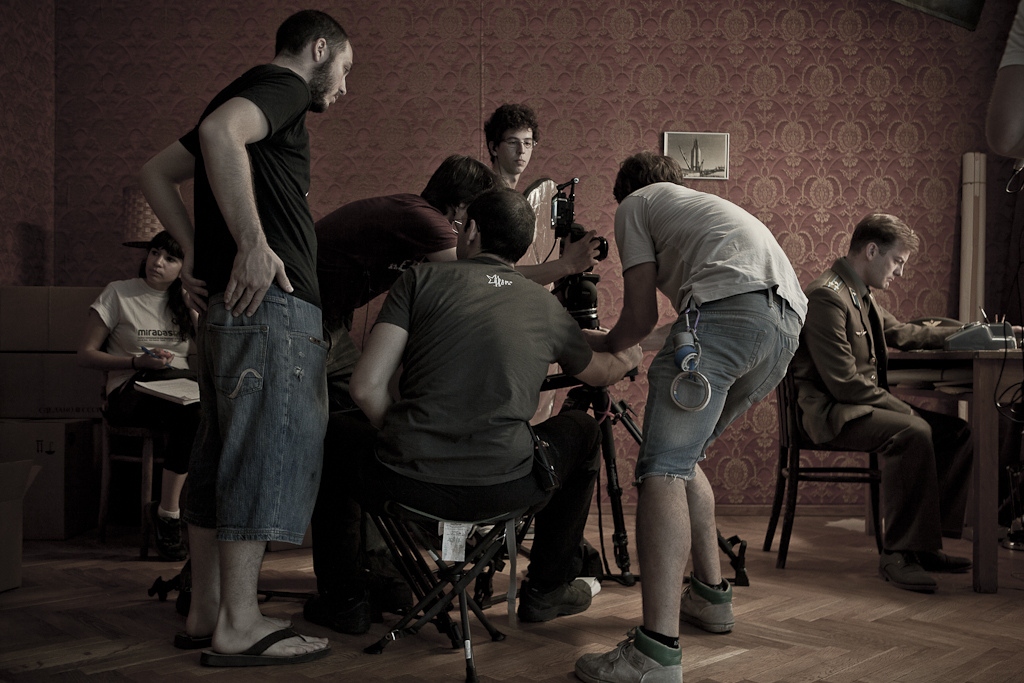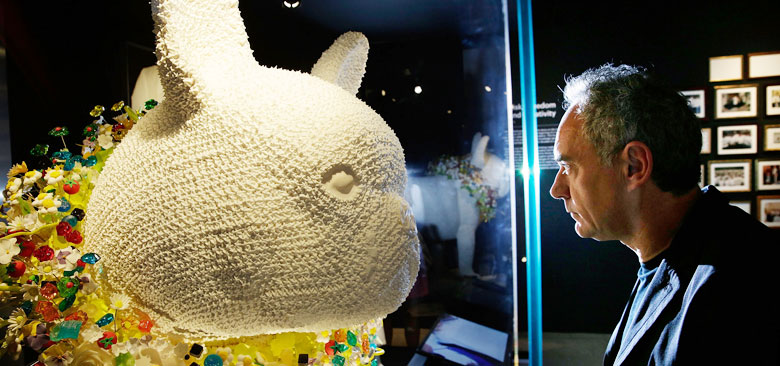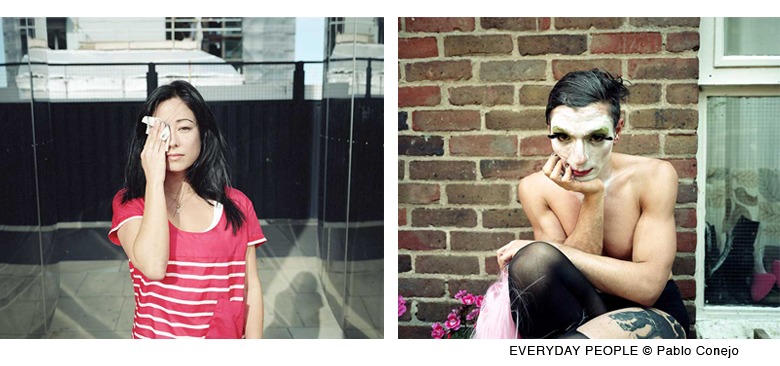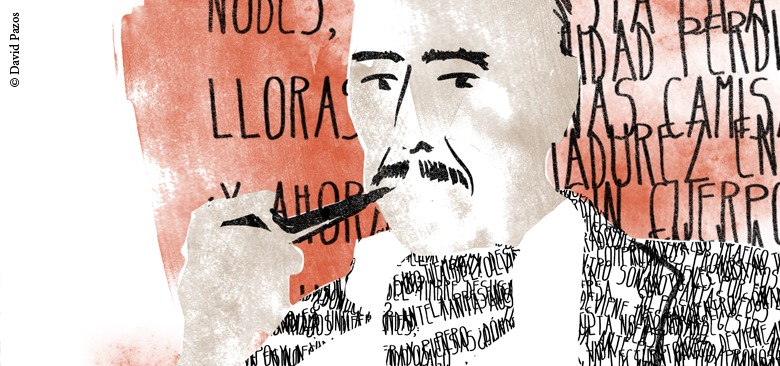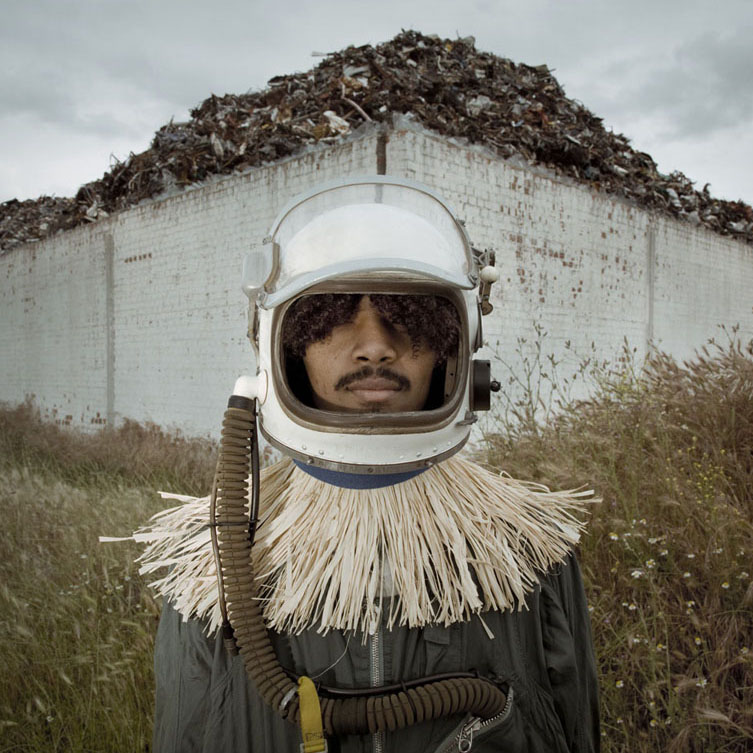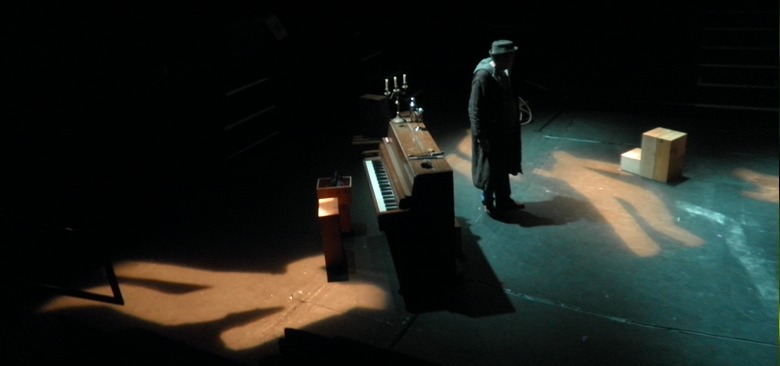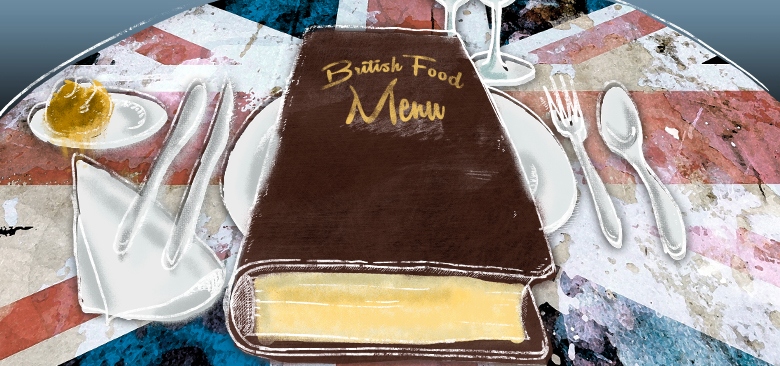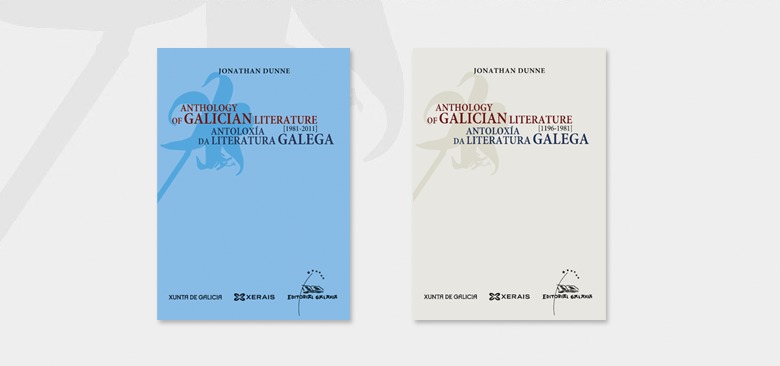“The Cosmonaut” seems to be an unstoppable project. When the Russian backer pulled out (along with half of the funds) just days before shooting began, the team raised €120,000 in three days through crowd-funding. Nor were the inexperienced crew deterred by the plague of mosquitoes they encountered on location in Latvia, insects ferocious enough to kill a local cow and to make actor Max Wrottesely’s leg turn black. It may even have had a positive effect on the film. Wrottesely himself seems to have taken it in his stride: “nothing creates camaraderie like chaos”.
Author
Brit Es Magazine
Brit Es Magazine
Brit Es Magazine Editorial team at London, Edinburgh, Madrid and A Coruña.
© Daniel Torrelló
“People always have their own answer before asking the question,” remarks the old man interviewed in The Hummingbird, the hoax documentary that accompanies the recently premiered feature film The Cosmonaut. Yet when the Cosmonaut production team embarked on the making of this pioneering piece of cinema, they definitely did not know what the answer to their question would be. They were proposing a new model for the film industry, challenging it – and the public. What would people say? Would it work?
It is no coincidence that London’s Somerset House should have chosen the figure of Ferran Adrià to define “The Art of Food”. But we do have to ask ourselves who really chose whom. Two years after closing elBulli, Adrià – our world famous icon of gastronomy – is still an international benchmark of culinary creativity and research, whilst Somerset house, with its spectacular neo-classical building in the heart of London has attracted over 2.5 million visitors every year since its opening in 2000. It’s a perfect partnership which is joined by Estrella Damm and the Instituto Ramón Llull, an organisation internationally recognised for promoting Catalan language and culture.
Originally from Madrid, photographer Pablo Conejo has lived in London since 2004. His work has been exhibited in London and published on the blog of prestigious magazine TIME: LightBox. His earlier work focused mainly on urban landscapes and architecture, but in 2013 he surprised us with his project ‘Everyday People’. He took on the challenge of creating a portrait of anybody who wanted to be photographed, posting an advert for subjects on a popular classified ads website in London. One of the portraits from this project has been selected for the KLPA13 Exhibition in the Galeri Petronas in Kuala Lumpur’s Twin Towers.
Luis Cernuda runs away from Spain during the war and arrives in England from France. It will be a stay of nine years in the country (1938-1947). Time during which Cernuda reach his final adult voice. Physical space (we could differentiate between the geographical and mythical) and the feeling of a loss bound will be consolidated in his poetry.
The Alicante-born artist Cristina de Middel has earned herself a place on the international stage thanks to her strong photographic portfolio. Her work has gained recognition in prestigious awards, and she is currently one of the finalists in the Deutsche Börse Photography Prize 2013.
I came to London to do an MA in Set Design at the Royal Central School of Speech and Drama. It has really opened my eyes and given me lots of great opportunities. I am currently a member of the Society of British Designers and I have contributed to their magazine, Blue Pages. I started working with Second Skin Theatre just a few days after I handed in the final project for my Masters. Real life is not at all like working on speculative projects, there are so many limitations: space, budget… but in some sense I can turn these to my advantage; it allows me to use my creativity to the full
Alright, I know what those of you with dirty minds were thinking when you read the title… but I’ve come here to talk about food. And about British food, no more no less! Oh, but – some of you will be thinking – is there such thing as British food? Well, perhaps it’s just because I am such a devoted anglophile, but here you have a fervent defender of Great Britain’s much maligned cuisine and of the culinary landscape that is to be found today in not so Grim Britain. Because, honestly, the situation has changed an awful lot since I first set foot in the United Kingdom, where I went to work as an au pair for a Scottish family, having just turned eighteen.
Galicia’s two main publishing houses, Galaxia and Xerais, have joined forces to publish a unique two-volume Anthology of Galician Literature in a project involving renowned translators, amongst them project curator Jonathan Dunne, to promote Galicia’s great literary tradition in the English-speaking world

